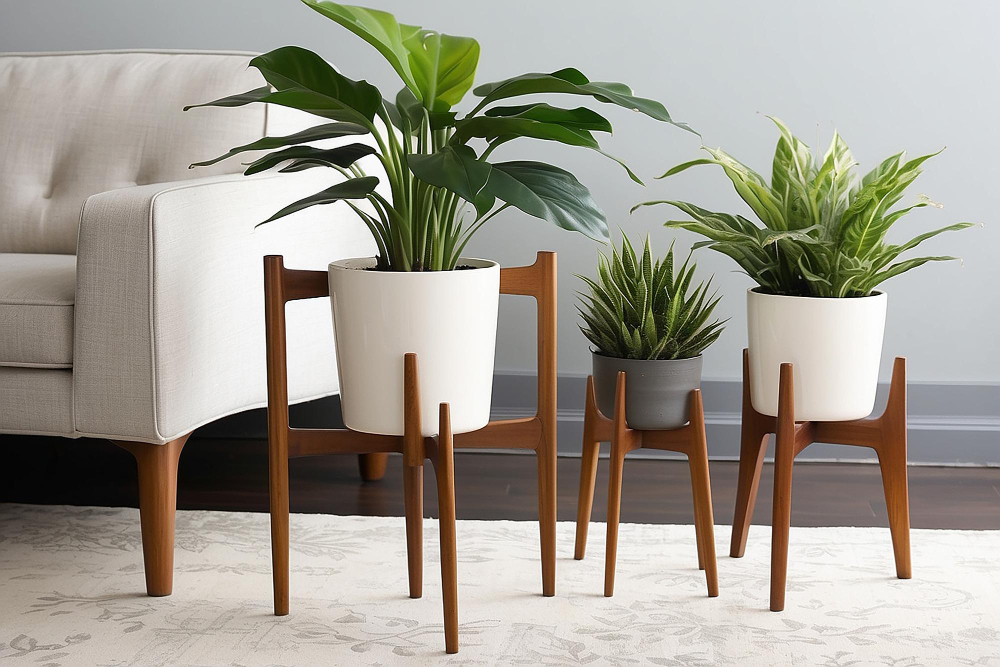Guarding Against Termite Intrusion: How Your Home Décor Choices Can Make a Difference
- Apr 22, 2024

To say that termites feed on wood is to state what everyone knows. But there is more to the termite appetite than just feeding off the wood that was used in the construction of the house. There is a lot in the house, that comes in with the occupants, that could also become a magnet for termites. The décor of your home could be a major attraction.
Furniture
Any piece of furniture made wholly or even partly of wood is a potential target for termites. If the wood has been properly treated to make it termite-resistant, you should be safe. But if the treatment is not done the right way or if the wood becomes damp at any time, the risk of termites increases drastically. Check your furniture regularly paying special attention to any minute holes in the wood or the presence of a fine powdery residue on the surface. These are both indicators of termite activity. As far as possible, keep furniture away from direct contact with walls and keep the areas where there are wooden furniture or décor items well-ventilated and dry.
Also Read: Microwave Termite Removal - An Effective Alternative to Chemical Fumigation
Indoor Plants
Potted plants bring freshness and greenery into indoor spaces. Few homes are complete without any indoor plants. However, they are also powerful termite magnets. The soil and moisture in the pots are ideal nesting places for the pests. The pots also offer them shelter and protection from external dangers. Inspect the plants regularly and look for any signs of insect damage or minute tunnels made of mud. If any signs of insects are visible, have all the plants in the home treated, not just the ones where the signs of termites are observed.
Asking a homeowner to keep an eye open for the presence of termites is like asking a car driver to handle an 18-wheeler. The signs of a termite infestation are often not visible to the untrained eye and the longer an infestation is allowed to remain and grow, the greater the amount of resulting damage. Once a professional termite control company confirms the presence of termites, it will have several ways of exterminating them including fumigation, termite treatment without tenting, drywood termite treatment and more. The experts will determine which method is right for your home. It pays to contact your local termite treatment specialist.
No matter how careful a homeowner is and how immaculately the house is maintained, the risk of a termite infestation does not go away. The biggest danger for homes comes from the homeowner thinking that the house is safe while the termites do unseen damage below the surface. Often, the presence of termites is only noted when the damage has become so great that it is impossible to overlook. By this time, the cost of repairs could ruin a family’s finances. The risk of termite infestation is especially great in California which is among the top 10 states for domestic termite infestations. Getting a professional termite exterminator in Southern California to inspect your home and remove any termites that may be found, is the only way to be sure of keeping your house infestation free.
Frequently Asked Questions
1. Can termites infest furniture?
Yes, termites can infest furniture, especially if it is made of wood. Look for tiny holes or a powdery residue on the surface of the furniture as signs of termites.
2. Should I keep furniture away from walls?
Yes, it is best to keep furniture away from walls to prevent termites from entering your furniture.
3. Do termites like houseplants?
Yes, termites are attracted to the moist soil in potted plants. They can use the pots as shelter and a way to enter your home.
4. What are signs of a termite infestation?
Signs of a termite infestation include tiny holes in wood furniture, a powdery residue on furniture, or mud tunnels around your home.
5. How can I get rid of termites?
The best way to get rid of termites is to contact a professional termite control company. They can inspect your home and determine the best course of treatment.

Comments - 0